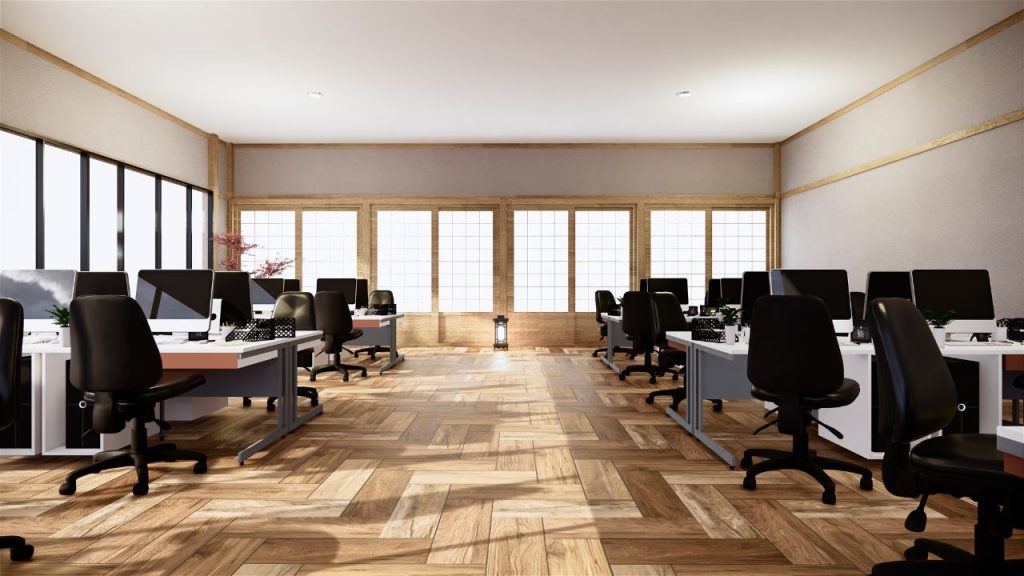Commercial Property Agents – Lease Handover Systems for Today
In commercial property, the handover of premises is a critical time to take note of important issues and matters requiring attention. These notes can later support the tenant or the landlord in any debate or dispute.
There is a handover process at the beginning and again at the end of the occupancy.
In all respects, the tenant’s occupancy and the handover of the premises should be in accordance with the lease. As a property or leasing manager, this says that you must read the lease and understand it.
Even in a single property with many different tenants, the leases can be different and usually are. The ‘make good’ clauses and the ‘handover provisions’ of the lease are unique and should be understood relative to each tenancy.

Get Real Estate Resources Here Free
Commercial Real Estate Agents Worldwide – Sign up here below
Do you like commercial, retail, and industrial real estate sales, leasing, or property management? We do, and we hope you do too. Let us share our free resources and real estate tips directly with your inbox. Sign up here below.
Photos Record Facts
Taking photos also is part of the documentation of premises at handover time. It is recommended that the photographs taken are date- and time-stamped in the camera. Keep good lease handover records in photographic format.

The Tenant Lease Handover Checklist
Whilst every tenancy is unique, let’s set some rules to give you some benchmarks to work with at handover time. You can then add other matters that may apply to the location or property you work on.
- Take photographs as evidence of important things and levels of presentation
- When taking photographs, it pays to put a scale reference such as a ruler into the picture
- Take notes of any comments or agreements from any parties to the lease
- Check all walls and painted surfaces for damage and or current condition, taking photographs as appropriate to record the current condition
- Check ceiling tiles and t-bars for ceiling presentation and integrity
- Look above ceilings for the satisfactory removal of any unnecessary cabling that should have been removed
- Check all floor coverings for any damage or deterioration beyond normal ‘wear and tear’
- Look for any floor or wall penetrations that exist or need to be remedied noting that any penetrations must be fire rated to the standards of the local building codes.
- Check air conditioning function and note any need for air conditioning balance due to fitout or altered or installed partitions in the leased space
- Check lights and light switches for function and safety. It may be necessary to replace all tubes in the light fittings as part of the make-good provisions of the lease
- Check all doors and locks for safety and security. Do not overlook the need for doors and locks to comply with all building codes. All keys to the doors should be provided or returned as appropriate. If a master key system is installed in the building then check that the keys all comply with the master system
- Check windows for function, security, and safety
- Check the electricity supply to the tenancy and any metering of consumed energy
- Check the installation and compliance of any signage for the premises and that such is in accordance with architectural rules set for the building.
- Look for any matters of change to the structural integrity of the building and the premises

Get the Landlord’s Contractors Involved
As part of the checking process, it sometimes pays for the landlord’s contractors to inspect the premises and provide a full report of any complex or sensitive issues. This will support any later legal dispute over the make-good terms and conditions.
When keys are exchanged between the tenant and the landlord, or the landlord and the tenant, a receipt should be obtained as a record of the handover of the keys.
The real estate agents actions in the handover to any tenant should also be supported by notes. It is surprising how many disputes arise later when you least expect it; in such case your notes are invaluable.
Never hand back any bond money or bank guarantees to tenants until you are absolutely certain that all make good requirements of the lease have been satisfied. As part of that, ensure that the client or landlord has authorised the process before that. It is also of note that all make good must have been done at and before the expiry of the lease; it is not something that is done after lease expiry.
Efficient make good and handover procedures are a critical skill for the real estate agent to develop and implement on every lease situation.







